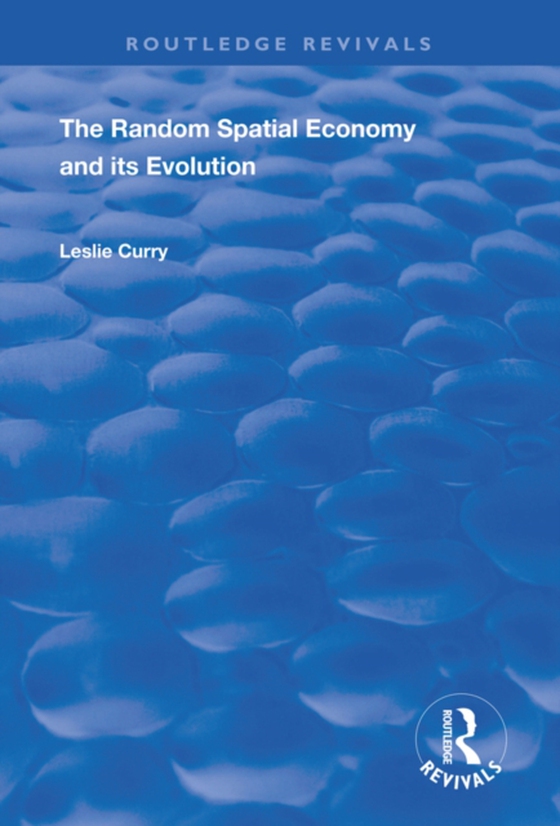
Random Spatial Economy and its Evolution e-bog
436,85 DKK
(inkl. moms 546,06 DKK)
First published in 1998, this volume, spanning a lifetime's research, is a highly innovative first attempt at a consistent theoretical approach to the elements, structures and dynamics of the geography of agents, settlements and trade. Cause and effect are replaced by chance within constraints. Populations are substituted for unreal representative individuals, variability for uniformity, probab...
E-bog
436,85 DKK
Forlag
Routledge
Udgivet
9 juli 2020
Længde
474 sider
Genrer
Economics, Finance, Business and Management
Sprog
English
Format
epub
Beskyttelse
LCP
ISBN
9780429764448
First published in 1998, this volume, spanning a lifetime's research, is a highly innovative first attempt at a consistent theoretical approach to the elements, structures and dynamics of the geography of agents, settlements and trade. Cause and effect are replaced by chance within constraints. Populations are substituted for unreal representative individuals, variability for uniformity, probabilistic process for unique history. Ignorance is a major factor in interpersonal and inter-areal commercial relations so that the focus is on flows of information and their effects on the efficiency of the economy or, alternatively, on changes in its information content. Recent work on spatial arrangements in many physical and social sciences is incorporated but always interpreted from an overriding geographical viewpoint. Key concepts are locational potential, distance friction, mobility, diffusion, spatial pattern and texture, adaptability, efficiency, spatial interaction and dependence. Analytic methods include autocovariance and transfer functions, areal special densities and entropy. Various forms of self-organization of economic spatial patterns are examined.
 Dansk
Dansk

